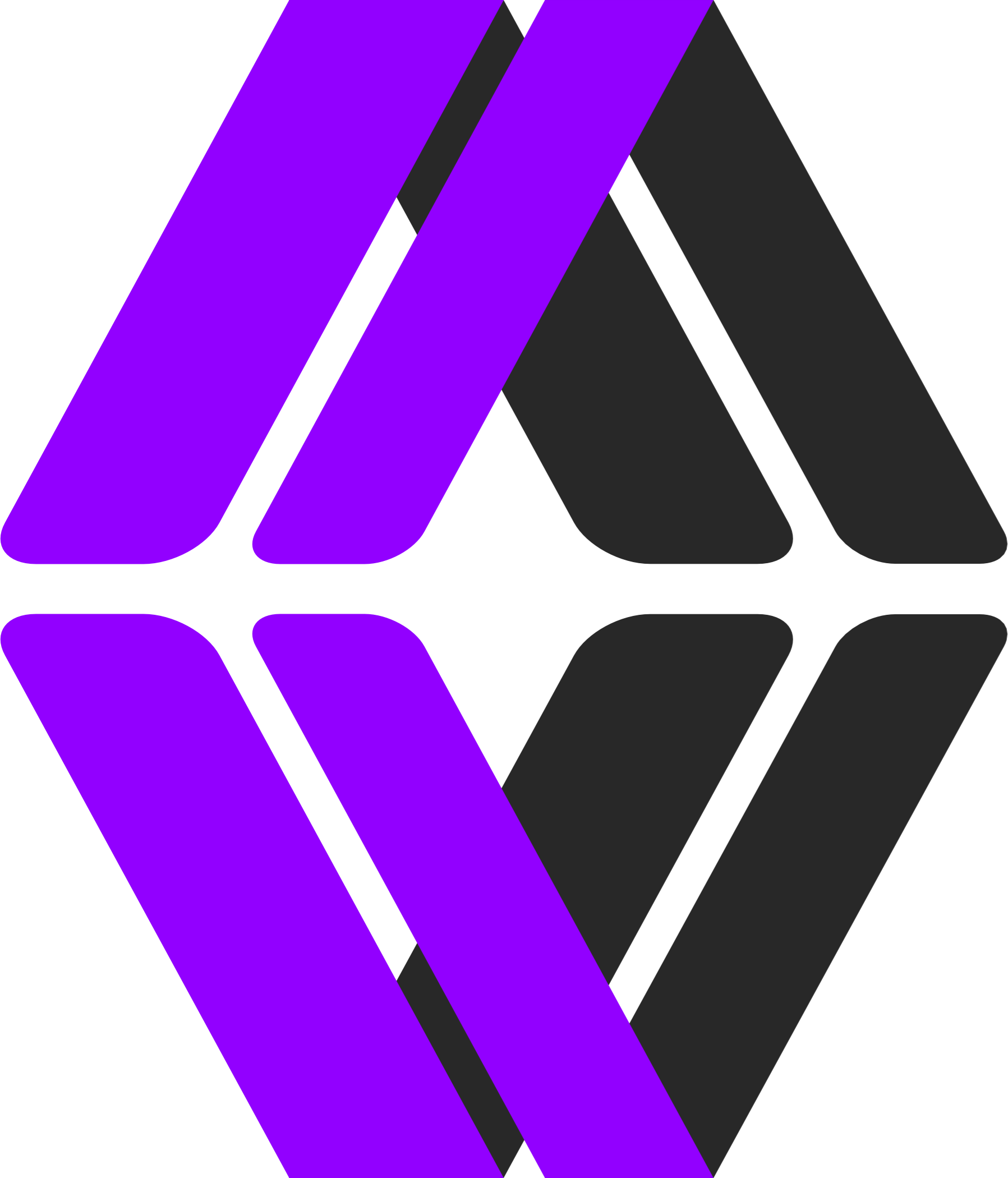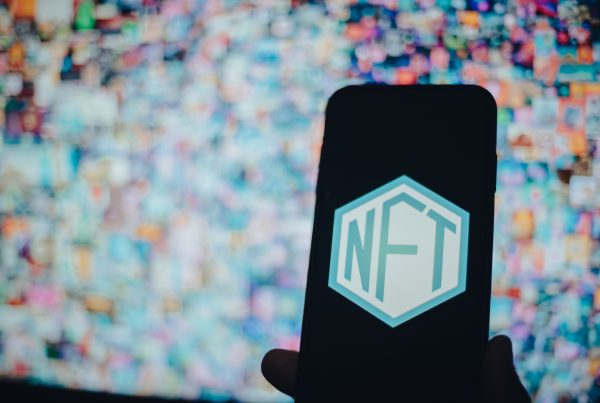
Should I Mint on Polygon or Ethereum? Choosing which chain/network to mint your NFT project on can be a daunting task. Especially if you don’t know the pros and cons of each option. As the title suggests, I’ll focus on the Ethereum & Polygon networks which are the two most utilized chains on OpenSea. Opensea is the leading NFT marketplace in terms of volume and active users. It’s worth noting that there are plenty of other networks and marketplaces. Some options in the top 10 for total volume include some non-EVM based networks such as Magic Eden on Solana, or Atomic Market on WAX. If you want to tap into the vast userbase of OpenSea, Ethereum and Polygon are your best bets. So, lets jump into what makes them different!
Minting NFTs on Ethereum
Ethereum has a lot of things going for it in the NFT space. I’ve touched on the importance of number of users and volume when considering which network to mint on. For users Ethereum beats Polygon by a longshot. Although Polygon is closing the gap on active wallets, the volume on Ethereum still beats all other networks combined in the NFT space. Additionally, all the largest NFT projects, the blue chips (ie: Crypto Punks, Bored Ape Yacht Club) started on Ethereum, giving the network a “first movers” advantage- one that continues to serve the network very well despite comparatively higher gas fees for transacting on Ethereum vs. Polygon. That’s right, it’s significantly more expensive to transact on Ethereum than Polygon, often more than a factor of 10. In fact, you can buy, sell, and even create NFTs on Polygon using OpenSea without paying ANY gas fees.
Pros:
- More users
- High volume
- Blue chip status / first mover advantage
- Uncompromising security & decentralization
- Easier fiat onboarding & wallet setup
Cons:
- Transaction costs
Minting NFTs on Polygon
As I mentioned in the intro, one reason to figure out whether you should mint on Polygon or Ethereum is because they are both featured on the largest NFT marketplace as equals. There are very few differences in how OpenSea presents Polygon NFTs and Ethereum NFTs. This is a factor that should make Polygon a very attractive network for NFTs. With a similar user experience on OpenSea combined with the lower transaction costs, it might be surprising to some that Polygon hasn’t been able to make much headway in adoption in the NFT space. Unfortunately for Polygon users, there simply is not the same level of demand for Polygon NFTs as Ethereum NFTs.
Pros:
- Incredibly cheap compared to Ethereum
- Fast
Cons:
- Fewer users
- Lower volume
- More difficult to onboard fiat (see our guide)
- Requires Polygon RPC configuration. (see our guide for MetaMask)
- NFT community sentiment
- NFTs “stuck” on a sidechain
- Network stability
Public perception
Many will cite sacrifices in decentralization and an inability to bridge or move NFTs from Polygon back to Ethereum. As one reason why Polygon doesn’t see as much usage for NFTs, and I think that is a contributing factor when considering the 5+ figure sales for many popular NFT projects. No one wants to compromise security with such expensive assets. There is also a sentiment within many NFT communities that consider Polygon to be a “2nd tier” blockchain compared to Ethereum, since Polygon is in fact a side-chain relying on checkpoints to Ethereum L1 for it’s security. Some see Polygon as a transitional technology or stop gap, with Ethereum being a network that will stand the test of time and in the long term solve for high transaction costs.
Answer to should I mint on Polygon or Ethereum
To answer the question of should I mint on Polygon or Ethereum, it’s hard to choose. In a fast moving space like NFTs, this is a situation where you need to go where the users and liquidity are and right now that is on Ethereum.
That being said, with rising costs on Ethereum there have been projects utilizing novel solutions like integrations with other chains. One example would be Axie Infinity offloaded some actions to the Ronin network. Technologies like Biconomy and the use of “meta-transactions” are opening the door to utilize the best aspects of multiple chains- such as preserving native Ethereum L1 security while having zero-gas or low cost actions happen on an L2 or sidechain like Polygon.
Additionally, if you’re an aspiring developer or just trying to build community, a low-cost network like Polygon can be a very cheap entry into the space. It will give you all the skills, experience, and confidence you need to launch a project on a more costly chain like Ethereum. Knowing what you want out of your project will help you decide where to mint.
Hopefully this was a helpful overview of the differences in the NFT space on Ethereum and Polygon, with an eye toward where the space could be heading in the future.




